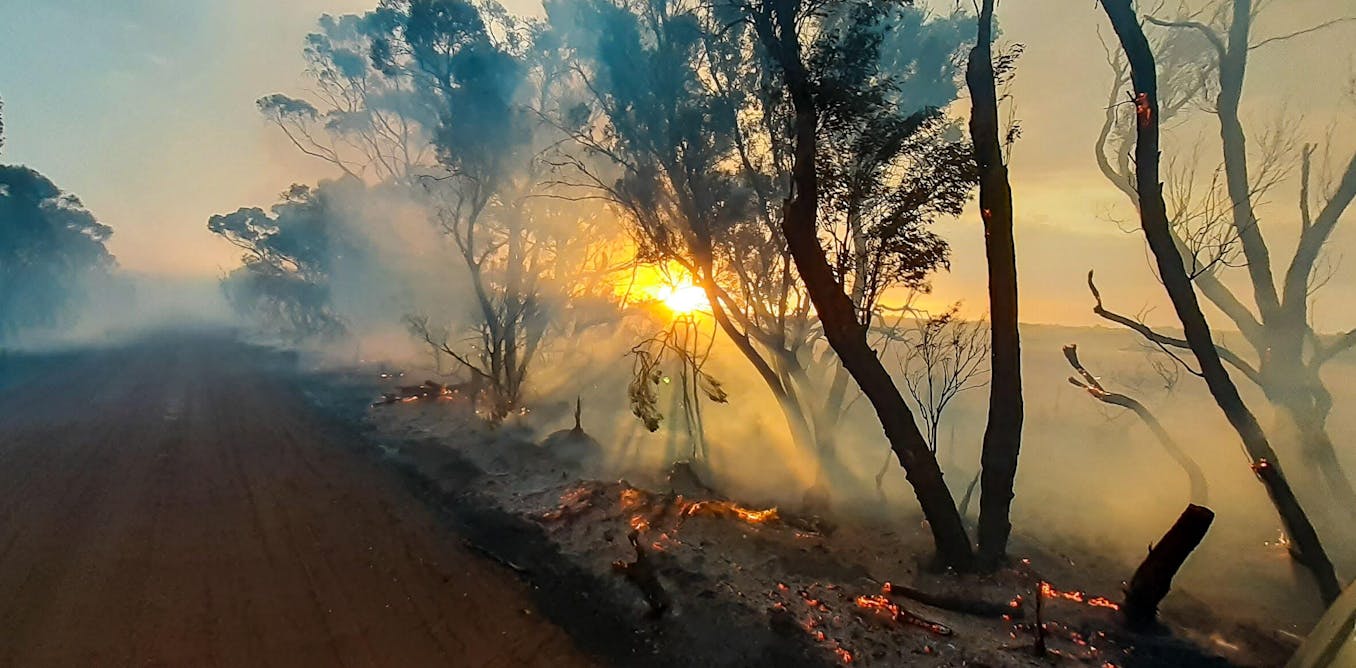Securing Your Home: The Important Duty of a BAL Report in Bushfire Readiness
Securing Your Home: The Important Duty of a BAL Report in Bushfire Readiness
Blog Article
Ensuring Shrub Fire Protection With Correct BAL Report Evaluation
In the realm of bush fire defense, the thorough evaluation of Bushfire Attack Degree (BAL) reports stands as a keystone for securing residential properties against the destructive influence of wildfires. With environmental elements and home features playing considerable roles in figuring out the degree of risk, a detailed understanding of BAL ratings ends up being vital.
Recognizing Bushfire Attack Level (BAL)
In the realm of bushfire security, understanding the Bushfire Strike Level (BAL) is vital for guaranteeing reliable mitigation approaches. Comprehending the BAL ranking of a property is vital for building policymakers, home builders, and owners to implement ideal actions to protect versus bushfire risks.

Importance of BAL Report Evaluation
A vital aspect in bushfire defense planning entails the extensive evaluation of BAL reports to analyze the potential risks and figure out appropriate mitigation methods. BAL reports supply important details about the potential effect of bushfires on a building based upon different factors such as greenery type, distance to prospective fire dangers, and incline of the land. Assessing these records with precision is vital in creating effective bushfire protection actions customized to the details risk profile of a home.
Implementing Fire Defense Actions
Executing efficient fire protection actions is vital for securing residential properties in bushfire-prone areas. One of the key ways to enhance fire defense is by developing defensible area around buildings. This includes clearing combustible greenery, such as completely dry leaves and branches, within a particular span of the property. In addition, mounting fire-resistant roofing products can help in reducing the danger of cinders firing up the roofing during a bushfire. Properly maintained displays and rain gutters are likewise necessary to avoid particles accumulation that might fuel a fire.
Furthermore, having a ample and well-maintained water, such as a container or swimming pool, can assist firemens in their efforts to protect the residential or commercial property. It is essential to have a clear emptying plan in position and to guarantee that all locals are familiar with the procedures. Additionally, having firefighting devices conveniently offered, such as pipes and fire extinguishers, can help in tackling small place fires prior to they intensify. Generally, applying a mix of these fire defense steps can considerably enhance the possibilities of securing residential or commercial properties throughout bushfire occasions.
Mitigating Risks in Fire-Prone Locations
To strengthen buildings against bushfire dangers, a strategic focus on mitigating dangers in fire-prone areas is critical. One important facet of risk mitigation is preserving defensible room around homes by removing combustible plants, making certain sufficient spacing in between trees and frameworks, and employing fireproof landscaping methods.
Moreover, constructing or retrofitting click to read structures with fireproof products and ensuring correct upkeep of roofs, seamless gutters, and outside cladding can substantially enhance the residential property's durability to bushfires. Developing and practicing a bushfire emergency situation strategy with all residents, consisting of emptying procedures and interaction techniques, is also essential in mitigating dangers efficiently. By adopting an aggressive technique to risk mitigation in fire-prone locations, residential property owners can much better protect their properties and enhance total bushfire preparedness.
Ensuring Building Security and Strength
Making sure the safety and durability of properties in fire-prone locations requires an unwavering commitment to durable preventative steps and critical planning. Building security starts with executing reliable measures to minimize fire hazards. This consists of keeping a defensible space around the residential property by clearing combustible plant life, guaranteeing appropriate upkeep of roofing systems and seamless gutters, and making use of fire-resistant structure materials. Regular maintenance of firefighting devices, such as tubes and lawn sprinkler, is additionally essential to building resilience.
Strength, on the various other hand, entails the capacity of a property to stand up to and recoup from a bushfire. This can be boosted with the setup of cinder guards on windows and vents, ensuring that access factors for ashes are reduced. Additionally, having a well-thought-out evacuation strategy and practicing it consistently can dramatically raise property strength. Teaming up with next-door neighbors and regional fire authorities can additionally bolster the safety and strength of homes in fire-prone areas. By proactively dealing with these aspects, homeowner can better shield their possessions and liked ones from the danger of bushfires.
Final Thought
To conclude, making sure bushfire security with proper BAL record analysis is crucial for comprehending the degree of danger posed by bushfires and executing necessary fire security actions. By reducing dangers in fire-prone locations and ensuring building safety and resilience, areas and people can better prepare for and reply to bushfire occasions. It is essential to prioritize fire precaution to secure lives and property in these high-risk atmospheres.
In the realm of bush fire security, the thorough Read More Here evaluation of Bushfire Strike Degree (BAL) records stands as a keystone for guarding homes versus the devastating impact of wildfires (BAL Report). Comprehending the BAL score of a building is essential for home proprietors, building contractors, and policymakers to apply suitable steps to secure against bushfire risks

BAL records offer vital details concerning the potential impact of bushfires on a residential property based on numerous variables such as vegetation type, distance to prospective fire dangers, and incline of the land (BAL Report). Generally, applying a mix of these fire protection measures can significantly enhance the possibilities of securing residential properties throughout bushfire occasions
Report this page